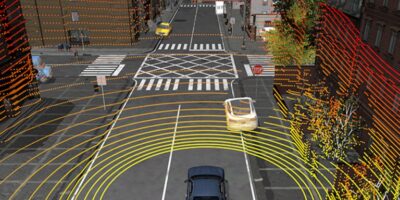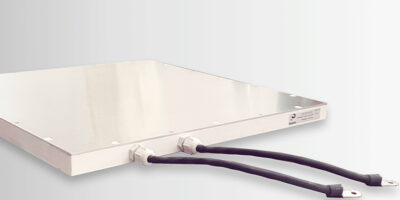Autonomous vehicles rely on sensors to detect their surroundings correctly. The validation of camera, lidar, and radar sensors are critical in this task. dSpace offers developers high-performance simulation environments with which the sensor systems can be validated simply in hardware-in-the-loop (HIL) simulations, virtually in model-in-the-loop (MIL) simulations, or cloud-based in software-in-the-loop (SIL) simulations.
dSpace Sensor Simulation offers its users models for the sensor environment in library menus. These models can be used to create 3D environments that allow for inserting road users, traffic signs, or roadside structures into the environment of the autonomous vehicle. The menus also let the users access a material database that contains more than 1,300 objects and 170 pre-defined materials. The users can also add more objects and materials. The software provides sensor models for radar, lidar and camera sensors as well as suitable models for testing perception, fusion, and application logics.
The simulation environment enables an easy and flexible integration of customer-specific sensor front ends, hardware components and driving algorithms. According to dSpace, this makes the scenarios more realistic and the sensors adaptable to the individual use case.
“Sensor Simulation from dSPACE offers a complete simulation environment for accelerating the development process for autonomous driving,” says Christopher Wiegand, product manager at dSpace.
Sensor Simulation supports the reuse of models and test scenarios on various platforms. Tests that the developer creates and uses on the PC can be executed on a HIL or SIL simulator or in the cloud. This allows for simple scaling letting the developer perform numerous tests in a short period of time.
It runs on high-performance PC hardware platforms. For maximum performance, dSpace offers the Sensor Simulation PC equipped with a high-performance graphics processing unit on which the complex, highly accurate sensor models can be executed.
dSpace will demonstrate how the sensor systems can be tested in various scenarios at the dSpace World Conference in Munich, Germany (19 and 20 November).







